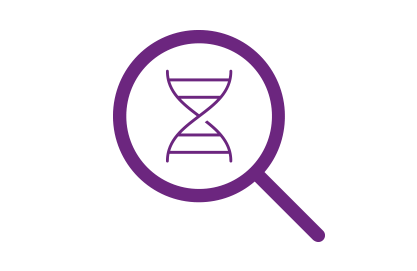References:
1. Maehle A.-H., Tröhler U. Animal experimentation from antiquity to the end of the eighteenth century: Attitudes and arguments. In: Rupke N.A., editor. Vivisection in Historical Perspective. Croom Helm; London, UK: 1987.
2. The Power of Laboratory Mice.
3. Vandamme, Thierry F. "Use of rodents as models of human diseases" Journal of Pharmacy & BioAllied Sciences vol. 6,1 (2014): 2-9.
4. Gibert Y, Trengove M.C., Ward A.C. (2013). Zebrafish as a genetic model in pre-clinical drug testing and screening. Curr Med Chem. 20(19):2458-66.
5. Artal-Sanz M, de Jong L, Tavernarakis N. (2006). Caenorhabditis elegans: a versatile platform for drug discovery. Biotechnol J. Dec;1(12):1405-18.
6. Clark, A. T., Goldowitz, D., Takahashi, J. S., Vitaterna, M. H., Siepka, S. M., Peters, L. L., Frankel W.N., Carlson G.A., Rossant J., Nadeau J.H., Justice M. J. (2004). Implementing large-scale ENU mutagenesis screens in North America. Genetica. 122(1), 51-64.
7. Labdrette,S. & Tian, X. (2011). Somatic Genetics Empowers the Mouse for Modeling and Interrogating Developmental and Disease Processes. PLoS Genetics. 7(7), e1002110.
8. Buchovecky, C. M., Turley, S. D., Brown, H. M., Kyle, S. M., McDonald, J. G., Liu, B., Pieper A.A., Huang W., Katz D.M., Russell D.W., Shendure J., Justice M. J. (2013). A suppressor screen in mouse Mecp2 implicates cholesterol metabolism in Rett Syndrome.
9. He, G., Luo, W., Li, P., Remmers, C., Netzer, W., Hendrick, J., Bettayeb, K., Flajolet, M., Gorelick, F., Wennogle, L.P., Greengard, P. (2010). Gamma-secretase activating protein, a therapeutic target for Alzheimer's disease. Nature. 467(7311), 95-98.
10. Saitoh A, Kimura M, Takahasi R, Yokoyama M, Nomura T, Izawa M, Sckiya T, Nishimura S, Katsuki M. (1990). Most tumors in transgenic mice with human c-Ha-ras gene contained somatically activated transgenes. Oncogene. 5(8):1195-1200.
11. Urano K, Tamaoki N, Nomura T. (2012). Establishing a laboratory animal model from a transgenic animal: rasH2™ mice as a model for carcinogenicity studies in regulatory science. Vet Pathol. 49(1):16-23.
12. Sharpless, N. E., & DePinho, R. A. (2006). The mighty mouse: genetically engineered mouse models in cancer drug development. Nature Reviews Drug Discovery. 5(9):741-754.
13. McGonigle P, Ruggeri B. (2014). Animal models of human disease: challenges in enabling translation. Biochem Pharmacol. 87(1):162-71.
14. Zuberi, Aamir and Cathleen Lutz. "Mouse Models for Drug Discovery. Can New Tools and Technology Improve Translational Power?" ILAR journal vol. 57,2 (2016): 178-185.
 Key Takeaways
Key Takeaways















.jpg)

.jpg)
.jpg)
.jpg)
.jpg)





.jpg)


.jpg)
.jpg)




.jpg)




.jpg)

.jpg)





